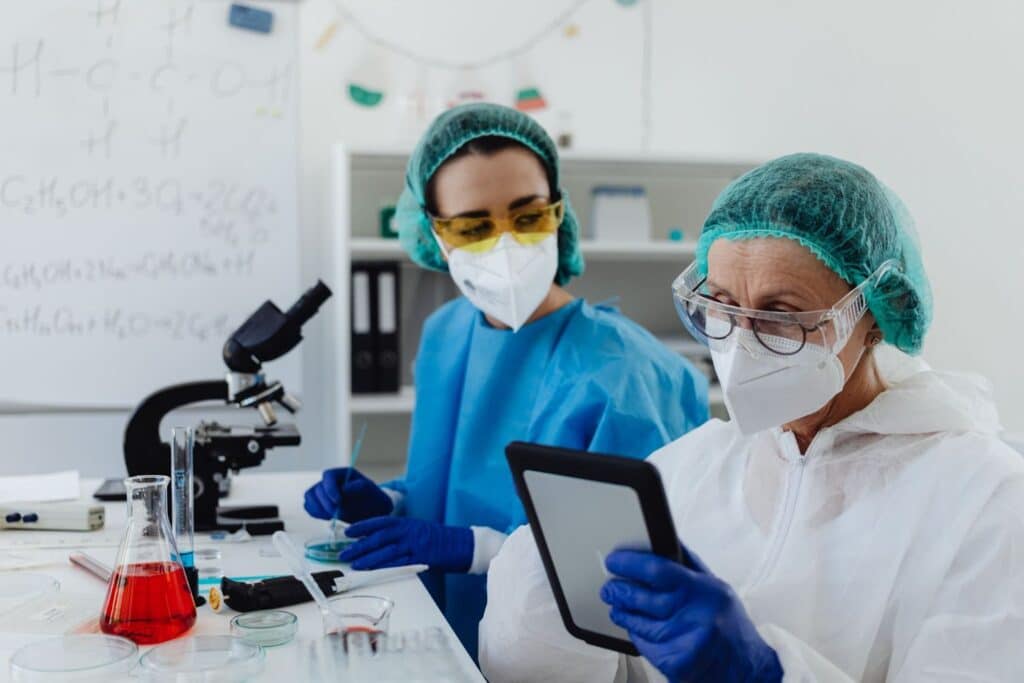Menu
close
Lab work is getting more complex, faster, riskier, and under more scrutiny than ever. One mistake with a pathogen or toxin can shut everything down. Biosafety isn’t just paperwork—it’s protection for your team, your research, and your funding. Institutions need real strategies, not checklists. That’s where biosafety consulting makes a huge difference.
Biosafety focuses on keeping people, research, and the environment safe from accidental exposure to infectious agents or toxins. It’s about using the right protocols, equipment, and facility design to contain hazards before they spread. You’ll find biosafety at the core of biomedical labs, public health agencies, universities, and biotech or agricultural research facilities.
Biosafety isn’t the same as biosecurity. Biosafety prevents accidents, whereas biosecurity prevents theft or misuse. Labs follow strict standards—biosafety levels (BSL-1 to BSL-4), NIH Guidelines, and protocols set by agencies like the Centers for Disease Control (CDC) and World Health Organization (WHO). These are critical to safe and legal operations.
Biosafety failures have real consequences. Researchers have contracted serious infections from poor containment. Entire labs have shut down because protocols weren’t followed. One mistake can lead to environmental contamination, public health risks, or massive funding losses.
Good biosafety protects more than just the person in the lab coat. It shields coworkers, janitorial staff, and anyone who walks into the facility. It also protects the community outside. Pathogens don’t care about building walls.
Institutions that follow strong biosafety practices stay compliant with federal regulations. They avoid fines, shutdowns, and legal headaches. More importantly, they maintain trust—with funders, regulatory bodies, and the public. Ultimately, biosafety is a front-line defense for research continuity. Without it, even the best science falls apart.

Biotechnology is one of the fastest growing fields of research. Synthetic biology, genetic editing, and high-risk recombinant work are now everyday tools. Collaboration across disciplines—biology, chemistry, computer science—is the norm. That brings new risks and blurred lines of responsibility.
At the same time, regulations are tightening. Oversight bodies want more transparency and more data. Labs are under pressure to prove their biosafety programs work—not just say they exist.
Technology is also changing how biosafety gets done. Automation, on one hand, is reducing human error, and AI is helping identify patterns in lab incidents. Cloud-based platforms further allow for real-time biosafety reporting and easier audits. But tools don’t replace strategy. They only work if systems are in place to use them correctly.
The future of biosafety will belong to institutions that stay ahead. That means building flexible protocols, training for change, and creating response plans that adapt to new risks before they become problems. Proactive beats reactive every time. As research accelerates, so must biosafety.
A professional biosafety consultant brings clarity where things get complicated by catching what internal teams miss. The benefits are far-reaching. You can expect:
SP Group offers full-spectrum support. Need to upgrade to a higher BSL? We guide you through every step. Don’t wait for a problem to rethink biosafety. Get ahead of it. Contact SP Group to build a safer, smarter research environment.